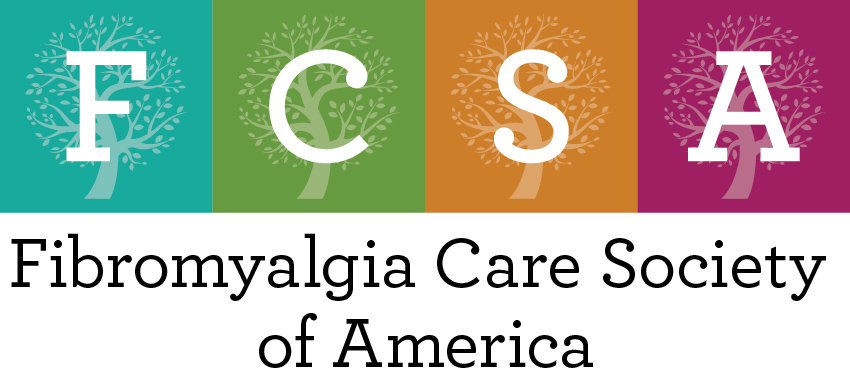3 Mindful Tips for Pain Management
Psychology of Pain
Have you ever heard that theory that we don’t truly experience pain? We only perceive pain. Wild right? Stay with me on this one…Yoga teacher training leveled me up as a lifelong learner as I started to get into the psychology and physiology of pain. I worked my way through a Trauma Informed Yoga certification over the course of twenty-nine months and then dug a bit deeper while completing Trina Altman’s somatic movement continuing education course. I’ve put in the ten thousand hours of research and then some with 30 years of experiencing living with persistent pain.
“you’re the boss of your body”
The experts have proven that there’s no direct correlation between pain and tissue damage. Professor Moseley TedTalk tackles the illusion of pain and describes it as precautionary function and our bodies way of protecting us from tissue damage. We’re really experiencing the perception of pain which is influenced by psychological, social or somatic social factors (put a pin in this. We’ll be back).
Sometimes when the nervous system perceives a threat the body’s pain receptors kick in and there may be a feeling or experience of pain even though there is no damage, danger or injury. The human mind body is a complex connection. Get this: negative expectations increase fear and the experience of pain. Trippy right?
Good news though there is relief is possible. In Freedom from Pain, Peter A. Levine, PhD, suggests that a life without pain is possible with a proper pain management team and complimentary practices like somatic experiencing, yoga and other mindfulness practices. I recommend this book as required reading for all those living with fibro, MS, lupus and any other persistent pain inducing illness.
TIP 1: MEDITATION
So once we know better; it’s time to do better. Meditation is my top tip for pain management. I practice being mindful of my thoughts in relation to pain, since it’s all really just a figment of my imaginations. Often times pain makes us feel disconnected from ourselves and we disassociate from reality. Meditation helps to build resilience to pain by helping us to feel more embodied and connected to our physical and emotional experiences.
TIP 2: MINDFULNESS EXERCISE
Maybe a daily mindfulness practice is more your speed? Similar to meditation, mindfulness can be used to cope with chronic pain. Mindfulness is a super broad term but at the root of it is just being present. These are perfect practices to try throughout your day. For example: Did you know that brushing your teeth can be a mindfulness technique? Try using this tool as a form of daily meditation. You reap bonus benefits when you use your non-dominate hand. Using the opposite hand helps to strengthen your ambidexterity and boosts your brain by causing you to concentrate harder. Set a 3-minute timer and really turn your attention towards all the nuances. Notice what feels different and where you have to focus a bit harder.
TIP 3: EFT
The final fav of mine is the Emotional Freedom Technique. EFT is sometimes referred to as “tapping” because it involves tapping on certain pressure points in the body to alleviate emotional distress and the physical symptoms of pain. While tapping on these pressure points the practitioner affirms themselves to replace unproductive thought patterns and retrain their brain. I find this one particularly effective when I’m experiencing dull aches and anxiety. Speaking lovingly to myself while focusing on the tapping sensations helps me to redirect my attention towards healing.
ABOUT THE AUTHOR: Jewell Singletary is a creative entrepreneur, educator, and multidisciplinary artist. She is the founding owner of Gratitude Griot, a trauma-informed well-being-based business, a documentarian filmmaker, and host of Yoga Wit the Ohmies Podcast. Jewell has been living with autoimmune illnesses for nearly three decades and enjoys creating wellness tools for those who are also suffering from persistent pain.
